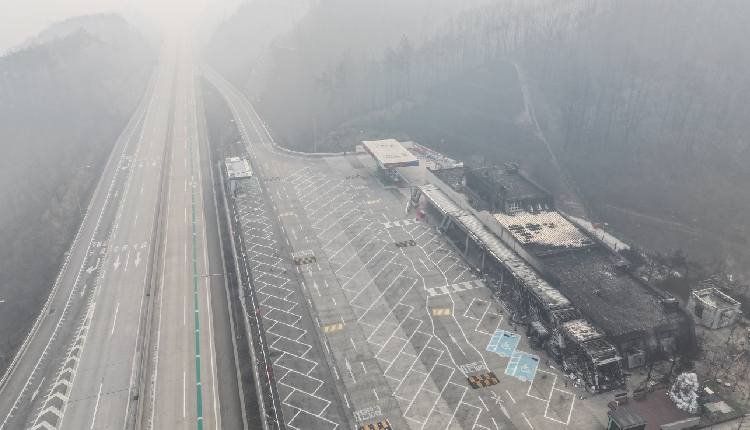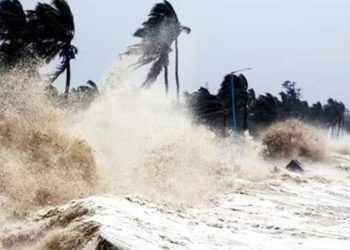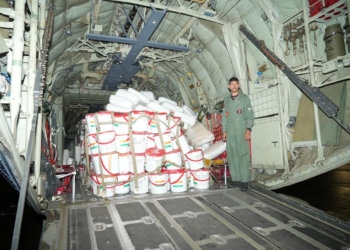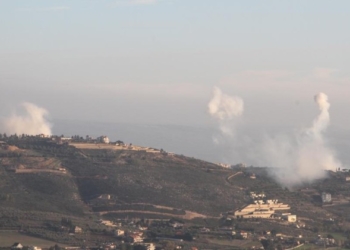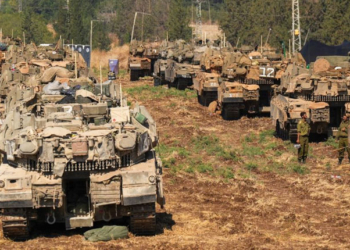Seoul: Firefighters using helicopters were struggling to contain the nation’s worst-ever wildfires on Thursday that have ravaged South Korea’s southeastern province of North Gyeongsang, with the death toll from the blazes reaching 26 and injuries being reported to another 30 people.
Since last Friday, a wave of wildfires has ravaged the region, and some 36,000 hectares (ha) of woodland have been burned, according to government data.
It is nearly 13,000 ha more than the 23,794 ha damaged by the east coast wildfires in 2000, which were the worst in the nation’s history at the time.
About 37,000 people have been displaced, including 29,911 in the Uiseong and Andong areas in North Gyeongsang Province.
Earlier in the day, acting South Korean President Han Duck-soo instructed acting Interior Minister Ko Ki-dong to reside in North Gyeongsang Province and oversee relief efforts for wildfire victims until the blazes are brought under control.
“It is worrying that many of the victims are senior citizens, including patients at nursing hospitals,” Han said.
“Please personally take care of the victims’ health and safety on the ground and activate an efficient support system so that the wildfire-extinguishing personnel and volunteer workers do not burn out,” Han said.
In North Gyeongsang Province, authorities resumed efforts to limit the spread of wildfires.
Forestry officials began deploying helicopters, fire trucks and firefighting personnel at 6:30 a.m. to battle the blaze that began in Uiseong County, about 180 kilometres southeast of Seoul, on Saturday which has rapidly spread due to strong winds, Yonhap news agency reported.
Some 5 mm of rain was expected to fall in North Gyeongsang Province, according to weather officials.
The wildfires in the province are presumed to have killed 21 people, including four in Andong, home to Hahoe Folk Village — a UNESCO World Heritage Site — and eight in Yeongdeok County.
The wildfires near Hahoe Folk Village and Byeongsan Seowon Confucian Academy, another UNESCO World Heritage Site in Andong, showed signs of easing overnight.
A forestry official said helicopters were on standby to deploy to the area but noted it would be difficult for deployment in the morning due to weather conditions.
Water was cut off in some parts of Andong for the second day, prompting the city government to supply bottled water and emergency supplies to residents.
Nearly 2,500 houses in the city experienced power outages, with officials still working to restore electricity to 177 of them.
The nearby county of Yeongdeok also suffered water and power disruptions as a water purification plant burned down, electricity was cut off to another plant, and a power substation halted operations.
Communication services were also down in the county overnight before being restored early Thursday.
More than 33,000 people in the province have been displaced, with some 15,400 yet to return home. A total of 2,448 houses are estimated to have been damaged by the wildfires.
(IANS)




